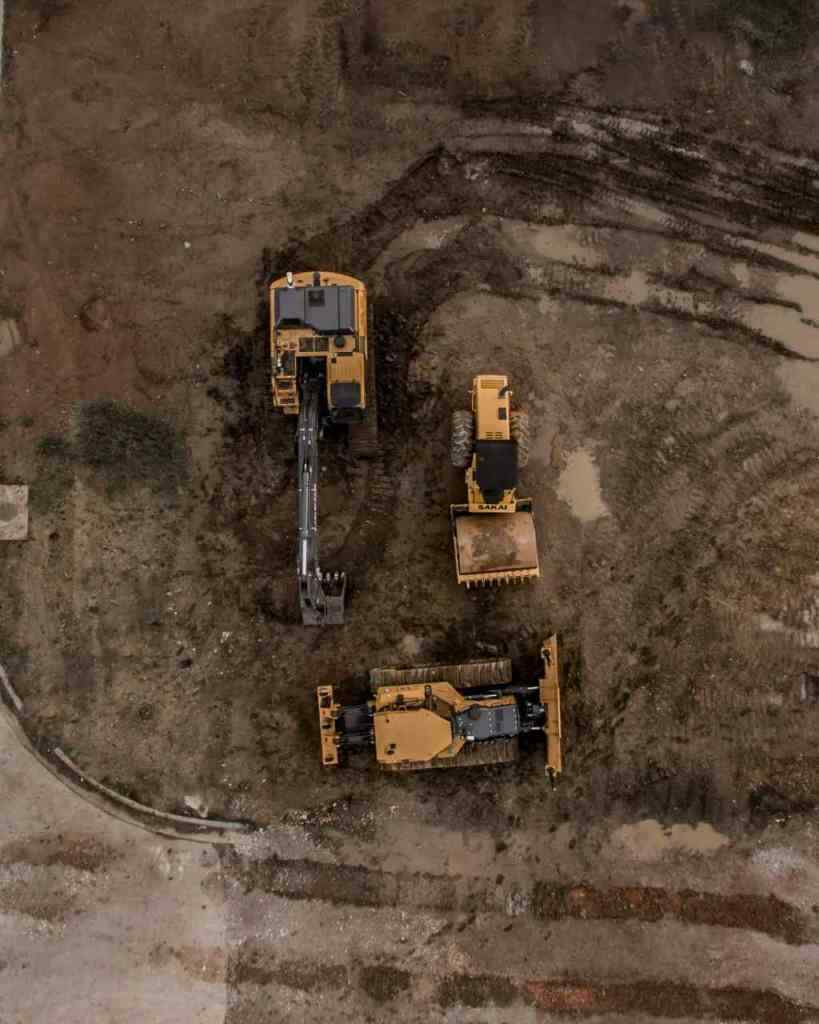Revolutionizing MOF Research: When Machine Learning Met Materials Science, Sparks Flew
Graz, Austria – Remember that time you tried to stuff a month’s worth of laundry into a tiny gym bag? Yeah, not pretty. Turns out, scientists dealing with these super-cool things called metal-organic frameworks, or MOFs for short, were facing a similar problem. These MOFs are like the ultimate storage containers, with a crazy amount of surface area packed into a tiny space, making them perfect for things like storing hydrogen, filtering gases, and even sucking carbon dioxide right out of the air. But here’s the catch: figuring out how these MOFs work at the atomic level was like trying to solve a billion-piece jigsaw puzzle blindfolded. Until now, that is.
Breaking Barriers: Simulating the Previously Inaccessible
Imagine trying to understand how heat travels through a MOF. Sounds simple, right? Not so fast. These bad boys are made up of a gazillion atoms arranged in intricate patterns. Traditional computer simulations, while accurate, would take longer than the age of the universe to crunch the numbers for something that complex. It was like trying to stream the entire internet using dial-up – a total buzzkill for researchers eager to unlock the full potential of MOFs.
This is where Professor Egbert Zojer and his crack team of researchers at Graz University of Technology swooped in like digital superheroes. Their secret weapon? Machine learning, the same tech that powers your Spotify recommendations and those eerily accurate targeted ads.
The Graz Game-Changer: A New Era of MOF Simulation
The Graz team’s approach is kinda like teaching a computer to ride a bike. At first, you gotta hold on tight, guiding it through every wobble and turn. That’s where traditional quantum mechanical simulations come in – they provide accurate but computationally expensive training data for a small number of MOF structures.
But here’s the cool part: once the machine learning algorithm gets the hang of it, you can let go of the handlebars. Armed with the knowledge gleaned from those initial simulations, the algorithm can now predict how atoms will behave in much larger and more complex MOF structures with mind-blowing speed and accuracy.
Unlocking the Potential of MOFs: From Design to Application
Think of this breakthrough like handing researchers a set of high-tech design tools, kind of like a digital LEGO set for creating custom MOFs. Need a MOF that can store hydrogen like a boss? No problem! Just tweak the virtual structure, hit “simulate,” and boom – the machine learning algorithm spits out the optimal design. This ability to predict material properties before they even step foot in a lab is a total game-changer, saving researchers time, money, and countless hours of trial-and-error.
But wait, there’s more! This technology isn’t just about designing new MOFs; it’s also about understanding the ones we already have. Imagine being able to zoom in on a single atom within a massive MOF structure and see how it vibrates, interacts with its neighbors, and contributes to the overall properties of the material. That’s the kind of unprecedented insight these machine-learned potentials offer, opening up a whole new world of MOF exploration.

Beyond Thermal Conductivity: Expanding the Scope
Remember how we talked about heat traveling through MOFs? Well, it turns out these machine-learning whizzes are pretty versatile. They can tackle other MOF mysteries too, like figuring out how these materials bend, stretch, and vibrate. They can even predict how well a MOF will conduct electricity, which is super important for applications like solar cells and sensors.
Think of it like this: if traditional simulation methods were like trying to listen to a symphony through a tin can telephone, this new approach is like experiencing it live, in surround sound, with backstage passes to boot.
- Crystallographic structures: Machine learning can predict the exact arrangement of atoms within a MOF, like solving a giant, three-dimensional jigsaw puzzle.
- Elastic constants: Ever wondered how much you can stretch a MOF before it snaps? Machine learning can tell you.
- Vibrational spectra: Every material has a unique vibrational fingerprint. Machine learning can identify these fingerprints, revealing hidden clues about a MOF’s properties.
- Phonons: These tiny packets of energy are responsible for heat and sound propagation in materials. Machine learning can track their every move, providing crucial insights into a MOF’s thermal stability and charge transport abilities.
A Catalyst for Collaboration and Innovation
Here’s the thing about groundbreaking scientific discoveries: they rarely stay bottled up in a lab for long. And this MOF simulation revolution is no exception. Researchers in Munich and Bayreuth were so stoked about the potential of this technology that they jumped on board even before the research was officially published. That’s like hearing a killer guitar riff and immediately starting a band.
This open-source, collaborative spirit is what makes science so freaking awesome. By providing researchers around the globe with powerful, accessible simulation tools, Professor Zojer and his team have effectively hit the “fast-forward” button on MOF innovation.
So, what does the future hold for MOFs? With machine learning leading the charge, the possibilities are pretty much limitless. We could see MOFs revolutionizing everything from energy storage and carbon capture to drug delivery and water purification. And to think, it all started with a bunch of scientists, a crazy idea, and a healthy dose of machine-learning magic.
